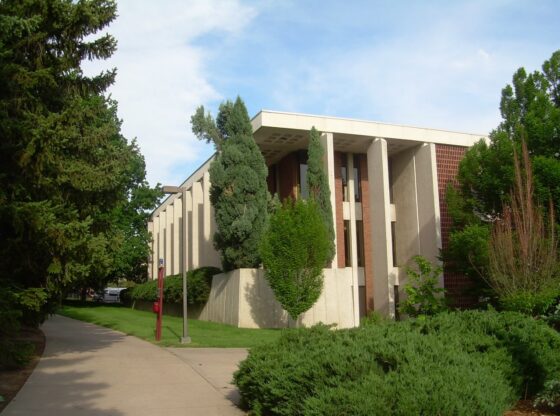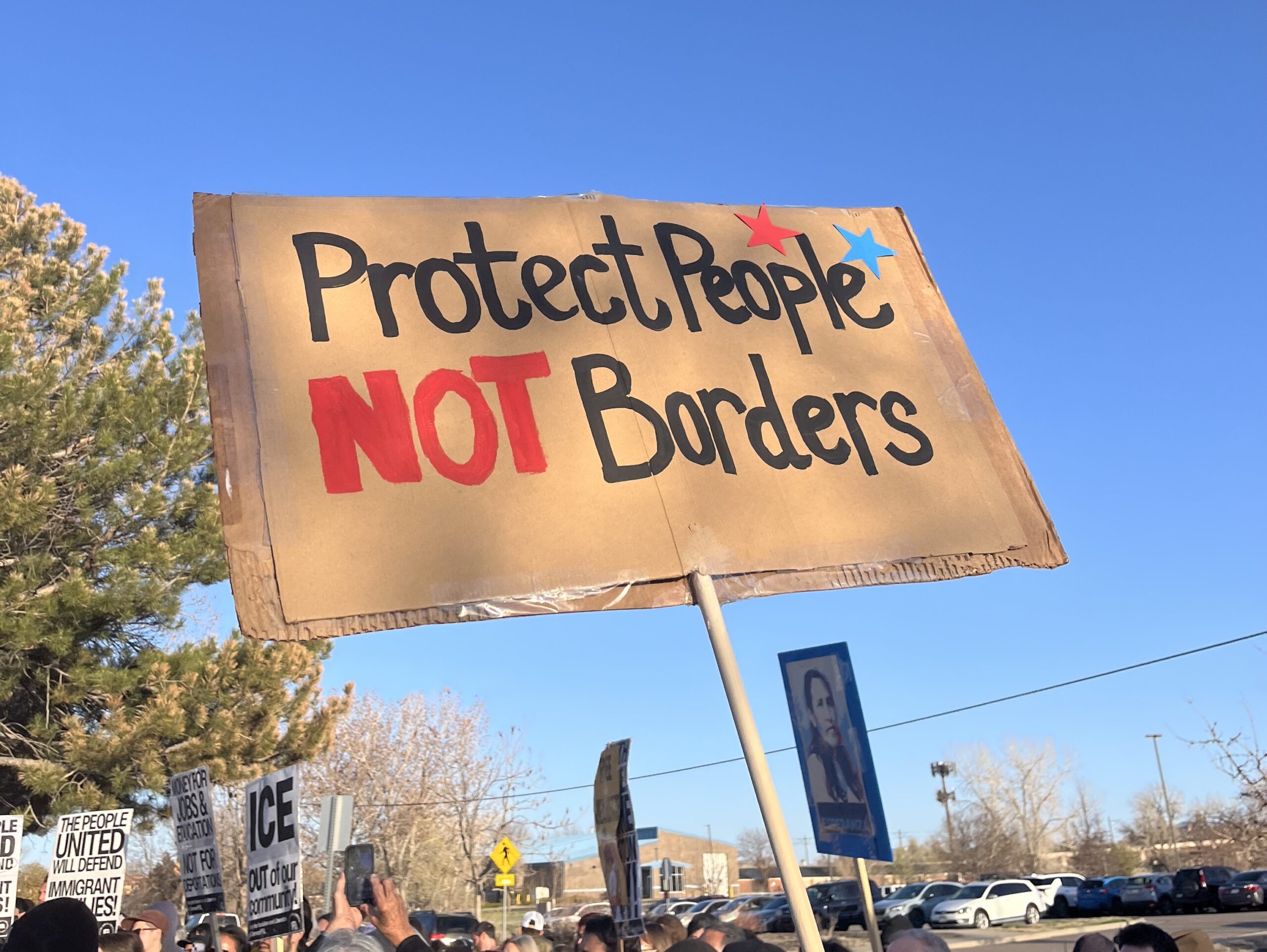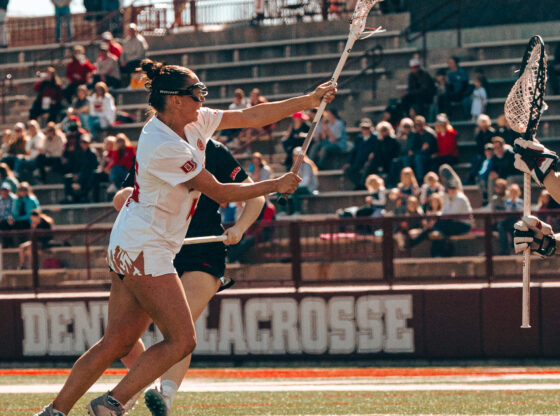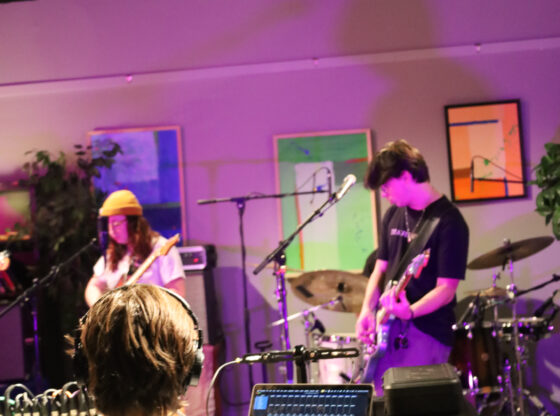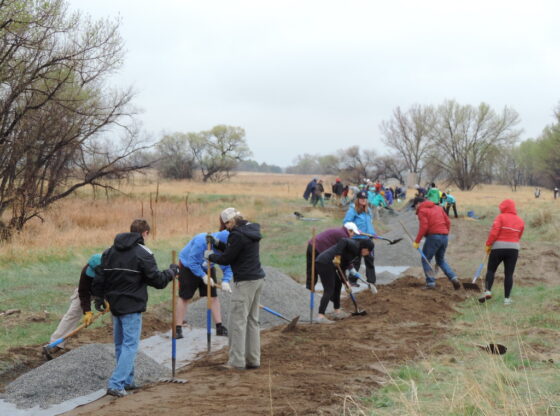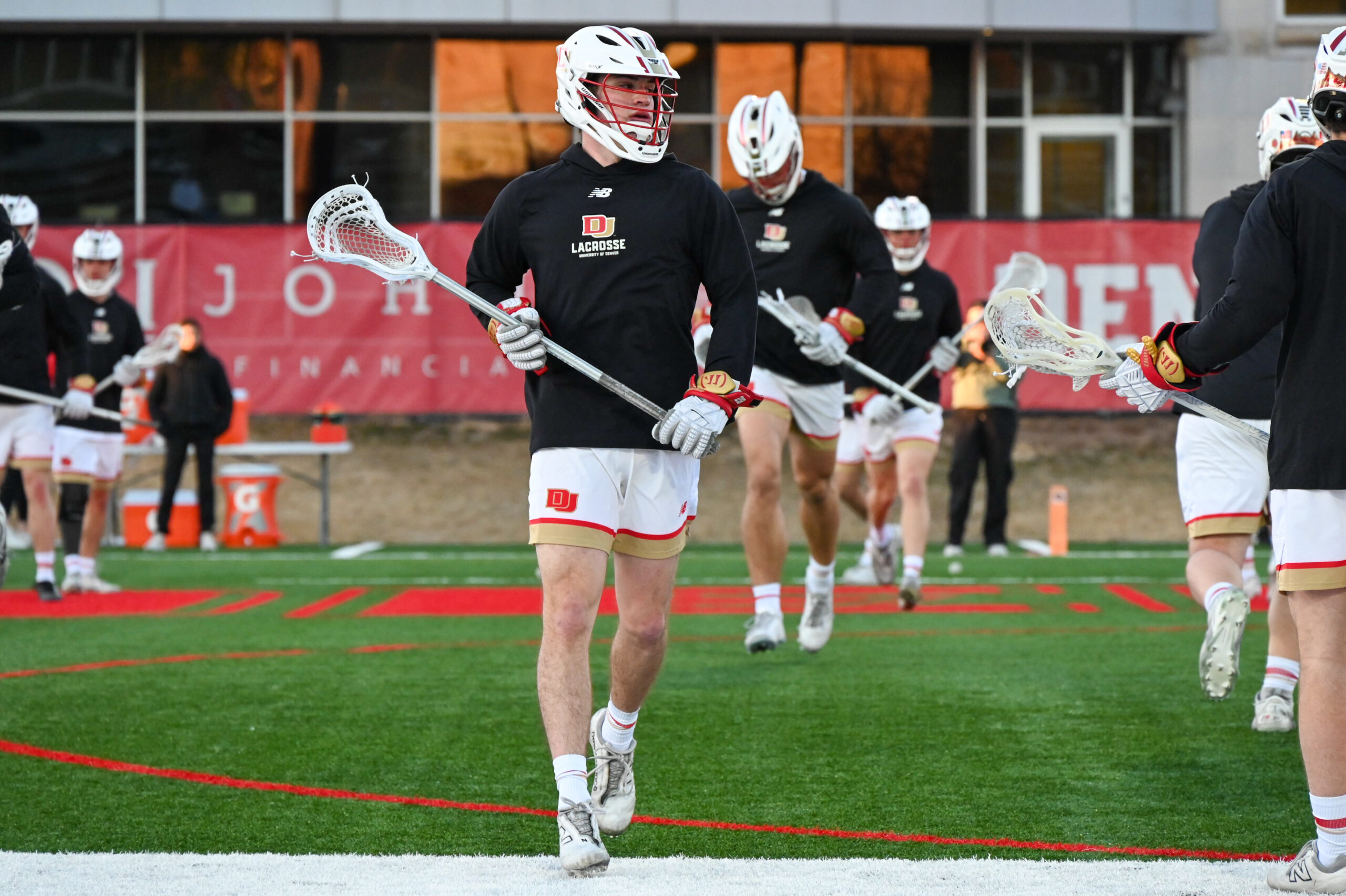SEOUL, South Korea — As President Bush settled in for the night Tuesday at the U.S. ambassador’s residence here, Chung Jong Sung and Kim Gyong Joo emerged from under the plastic sheeting that has been their temporary home on the grounds of Myongdong Cathedral to explain their 11-day hunger strike.
It was their way of greeting the American leader.
“President Bush is preparing, step by step, to create a mood for war in the Korean peninsula. We are living on only water and salt to protest this action,” said Kim, the president of the student government at Chonnam University.
“The fate of the Koreans should be left in the hands of Koreans.”
The hunger strike is one of the growing signs of anger, anxiety and frustration with the United States since Bush declared North Korea a member of an “axis of evil” in his State of the Union address last month. Whatever the U.S. intent, South Koreans view it as serious meddling that will undermine President Kim Dae Jung’s effort to reunify the peninsula.
“Bush is set on breaking off the mood of reconciliation created in the Korean peninsula since the June 15 summit (between the leaders of North and South Korea) two years ago. The United States is considering the worst possible action,” said Chung, president of the student government at Kwangwoon University.
As the hunger strikers spoke, Hong Keun Soo, an activist carrying a bullhorn, led several hundred students who were huddled together in the bitter cold on the steps of the cathedral as they chanted: “Let’s stop Bush’s visit to Korea. Bush is a cheap gangster.”
To condemn the tough U.S. language–and to back the hunger strikers–thousands of students joined the two student leaders in a one-day fast during Bush’s talks with President Kim Wednesday, hunger striker Kim said.
The students at the rally also held shadow protests “to follow Bush wherever he goes,” Chung said.
Of Bush’s three stops on his six-day Asia tour, the South Korean leg was the most sensitive and susceptible to trouble, despite strong ties between the two countries over the past half-century and the presence of 37,000 U.S. troops in the country.
Students, labor unions and left-wing political activists staged demonstrations against Bush for several days leading up to the visit.
“That’s a celebration of freedom itself–in a place where there is freedom, there is also free speech and the right for people to disagree,” Karen Hughes, the president’s counselor, told reporters aboard Air Force One en route to Seoul from Tokyo.
Polls show that a solid majority of the Korean public disagrees with the Bush administration’s position on North Korea. A local television poll indicated that the majority believed that the tough U.S. talk carried an ulterior motive: to sell more U.S. arms and warplanes to South Korea.
To counter the protests, pro-American demonstrators held welcoming ceremonies in front of the U.S. military base in Seoul to show respect. The crowd of nearly 800 included elderly Korean War veterans, some in their uniforms, waving small American and Korean flags.
“George Bush is the new MacArthur,” declared Jee Man Won, a military historian, referring to Gen. Douglas MacArthur, who led the U.S. troops who came to South Korea’s defense in 1950 against communist North Korea. “Bush is the only one with the courage to stand up to North Korea.”
by CLAY CHANDLER The Washington Post



